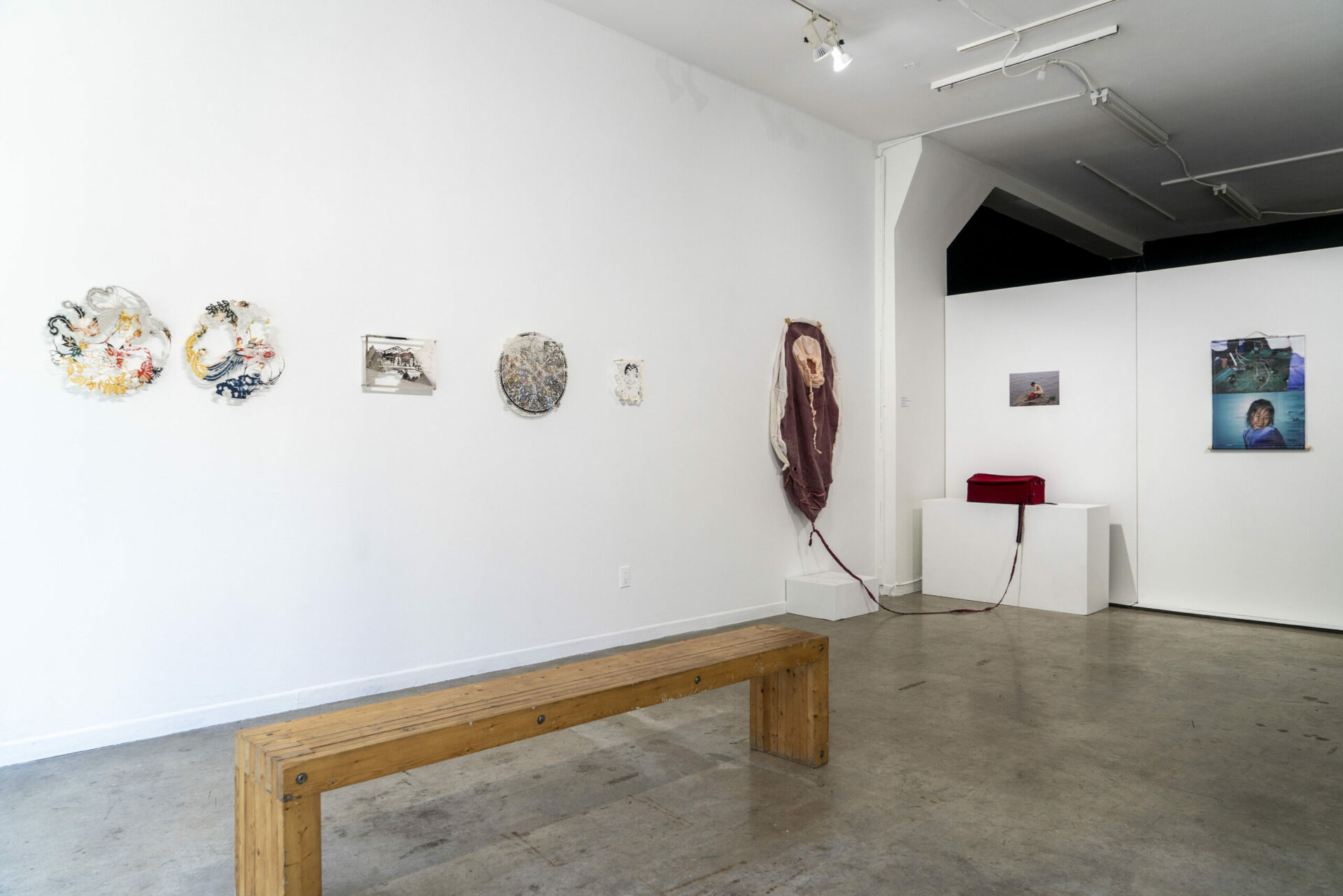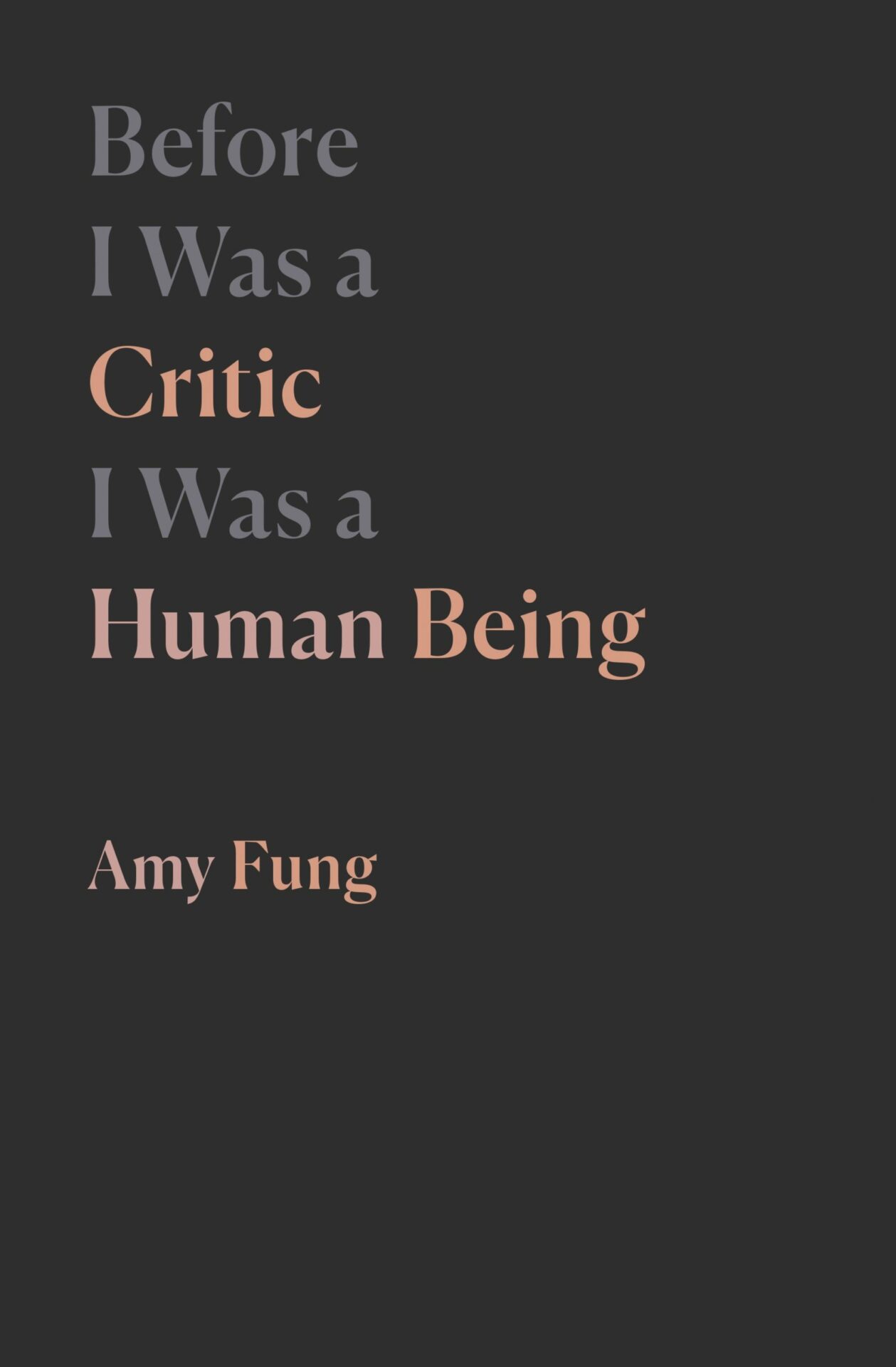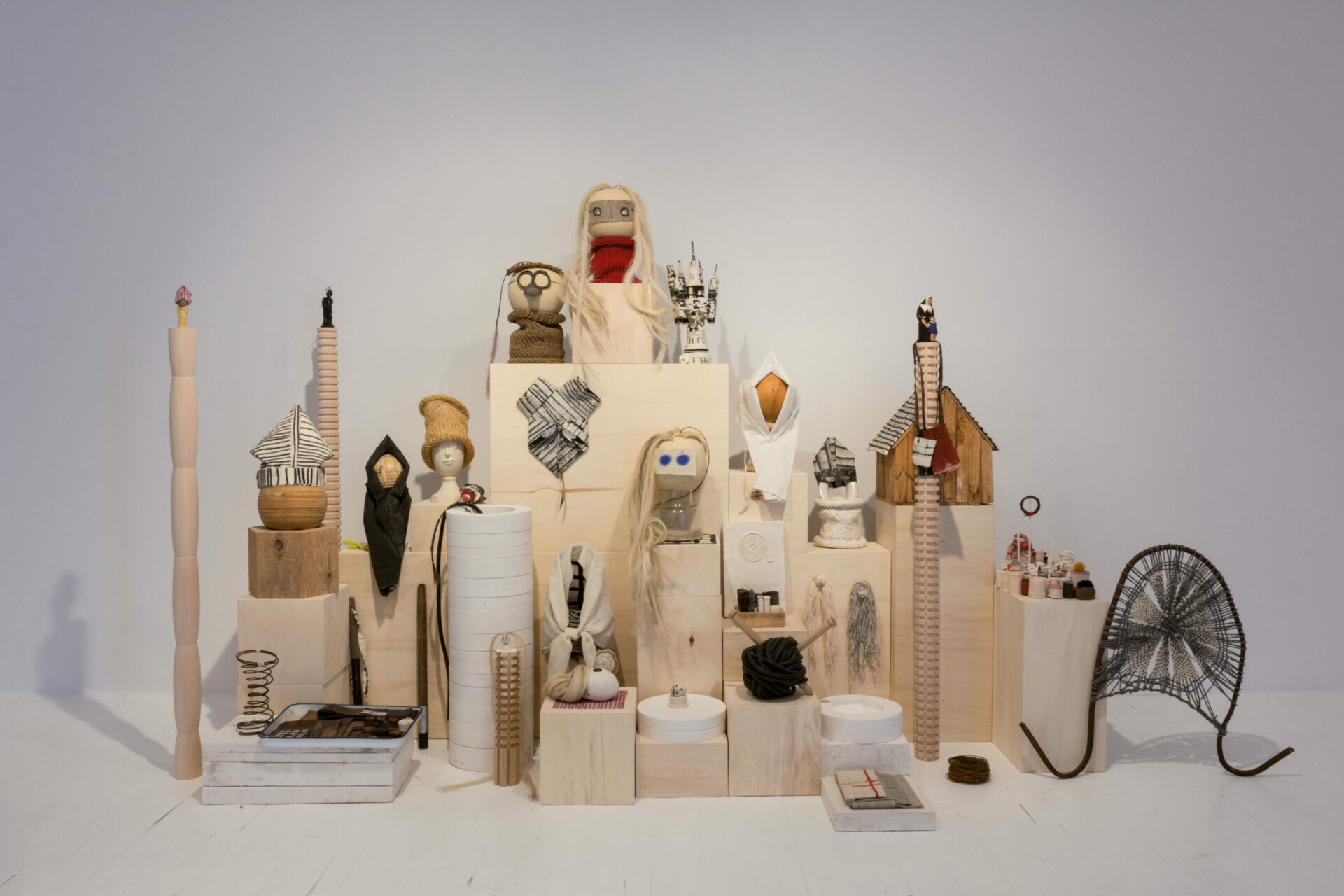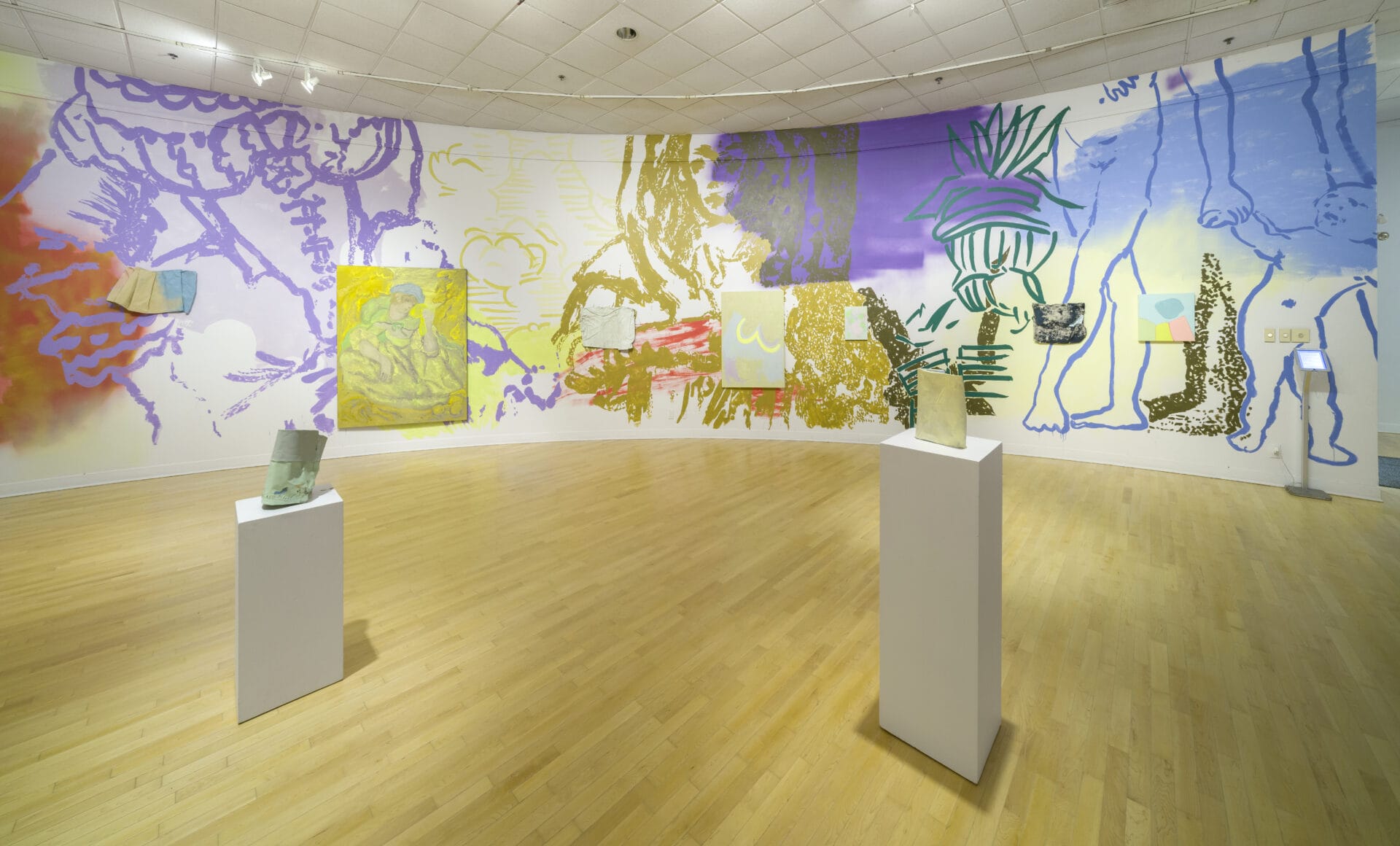
La Centrale galerie Powerhouse, Montréal, 2022.
Photo: Lucie Rocher
La Centrale galerie Powerhouse, Montréal
September 8-November 3, 2022
September 8-November 3, 2022
“How can I feel closer to my own narrative if I don’t know what it is?” - An Laurence 安媛, curator.
Working with, and from, their personal archives, and materializing their shared concerns as Chinese adoptees in Québec, the artists of How far can we see within? bring to light the immense particularities of the situations in China that led to their adoptions. At La Centrale galerie Powerhouse, these stories unfold from archival empowerment, asserting agency over painful pasts and responding to the increasing violence against Asian communities in Montréal due to Covid-19.
In her installation, An Laurence 安媛 takes control of this collective narrative. Originally a live-action performance piece, Come Closer, I’ll tell you what I forgot (2021–22) has lived many lives. As the pandemic raged, An adapted the work by creating digital recordings and mailing letters. She conducted intensive research on adoption cases in China, piecing together first-hand accounts. Excerpts from these realities, often hidden from Western media, allow visitors to listen to, read, and experience objects and common relics that orphans were found in or with.
Create your free profile or log in now to read the full text!
My Account


